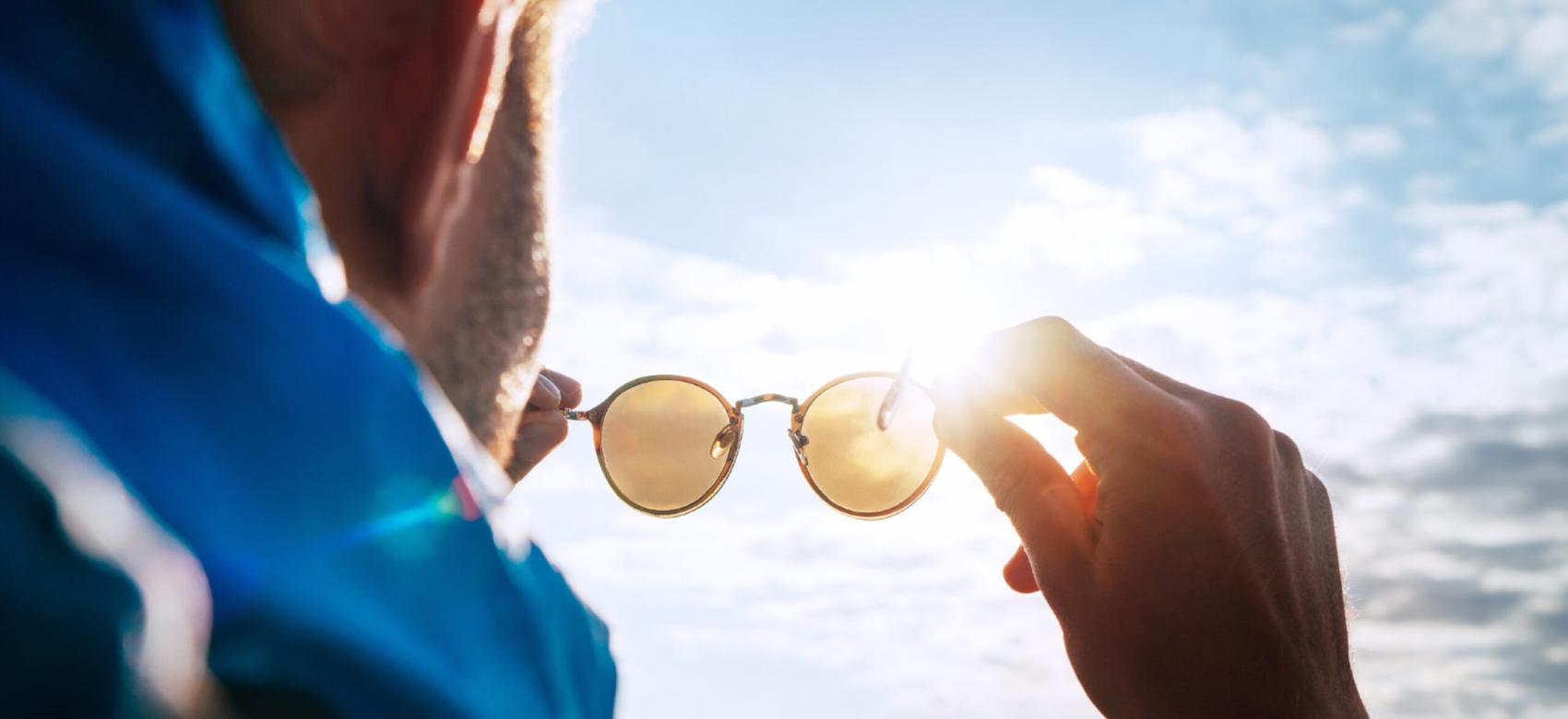Protect your eyes from harmful UV rays this summer
By Brett Goldhawk

Summer means more fun in the sun, but it’s also when harmful ultraviolet (UV) rays are at their strongest. These rays can be particularly damaging to the sensitive tissue of your eyes, increasing the risk of a range of health complications that could lead to vision loss later in life.
Dr. Neeru Gupta, professor and head of UBC’s Department of Ophthalmology & Visual Sciences, discusses how to protect your eyes this summer.
Why is it important to protect our eyes from the sun?
The sun emits UVA and UVB rays that cause degenerative changes to all tissues and structures of our eyes, including the eyelids, cornea, lens and retina. These rays can break up the DNA in our cells.
While your body can repair some of this damage, it can’t repair it all. This damage builds up over time and is linked to an increased risk of eye disease and vision loss including eyelid cancers, growths on the surface of the eye, cataracts and macular degeneration.
UV exposure can also result in what is essentially a “sunburn” of your eyes. This is a very painful, temporary condition called photokeratitis, in which the top layer of the cornea is damaged. It typically goes away within a few hours to a few days.
How can people protect their eyes?
Wearing sunglasses is highly recommended any time you are outdoors during the day. But not all sunglasses are created equal. Look for labels indicating that the sunglasses block all UVA and UVB rays, or have a rating of UV400.
Wraparound frames are helpful because they stop UV rays coming from the side and those that are reflected off of water, sand, snow and other bright surfaces. Additional features like lens colour and polarization, which reduces glare, do not offer UV protection, but they can improve comfort and visibility during specific activities.
Beyond sunglasses, wearing a wide-brimmed hat or a cap with a visor can provide extra shade and protection for your eyes, especially when the sun is high in the sky. Seek shade or use an umbrella when you are outside for extended periods. Parents should also make sure to protect children’s eyes because they are particularly sensitive and UV exposure early in life can have consequences down the road.
When are people most vulnerable to UV rays?
UV rays are completely invisible and present all year round. They even travel through clouds. If the sun is up, the risk is there.
Checking the UV Index is the most reliable way to know the current UV risk and people should make it a daily habit. It is reported on a scale of one to 11, with higher values indicating greater potential for eye and skin damage in less time. The World Health Organization recently launched a new SunSmart Global UV app that provides the UV Index anywhere in the world, and even recommends what sun protection to wear at various times of the day. Sun protection is always a good idea, but wearing sunglasses is especially important when the UV Index reaches three or higher.
While the UV Index is highest during midday, our eyes can be still be vulnerable during morning and evening hours when the sun is lower in the sky and shining more directly at our eyes.
What if I wear contact lenses?
Standard contact lenses do not provide UV protection, so you should complement them with sunglasses. While there are contact lenses that have a built in UV blocker, they don’t completely cover the eye and surrounding area, so they should also be paired with sunglasses for comprehensive protection.
What’s the biggest misconception about eye protection?
Protecting your eyes doesn’t need to be an expensive venture. In many cases, costly designer sunglasses offer the same UV protection as a more affordable pair. Look at the UV rating label, not the price tag.
Brett Goldhawk is a writer with UBC Faculty of Medicine. This article was republished on July 21, 2023, from UBC Media Relations. Read the original article here. To republish this article, please contact UBC Media Relations.


